Making the morning rounds, which are absolutely filthy.

? All the dirt that's fit to print, part one. The fallout from Tuesday's report on widespread corruption in the Fiesta Bowl continues unabated —�already, the Arizona Republic has documented:
? Possible felonies committed by bowl officials,
? Unethical behavior by politicians who accepted the bowl's lavish overtures,
? An inquiry into "a secret contract" between the bowl and a local Indian tribe,
?�An internal inquiry by the Maricopa County Sheriff's Office into the deputy who received bowl funds to start a security company that seemed to exist for the Fiesta Bowl,
?�Wavering corporate sponsors, including the omnipresent title sponsor, Tostitos.
 And so on. While everyone else is ramping up, though, BCS executive director Bill Hancock is slamming the brakes on his initially threatening response earlier this week, telling the Republic that speculation over the Fiesta Bowl losing its privileged BCS status is "way premature." Surely the sudden retreat has nothing to do with the fact that Hancock and one of the members of the "task force" assembled to review the Fiesta's credentials, Sun Belt commissioner Wright Waters, has accepted free gifts and golf from the bowl at its annual "Fiesta Frolic"? No, it couldn't be. [Arizona Republic]
And so on. While everyone else is ramping up, though, BCS executive director Bill Hancock is slamming the brakes on his initially threatening response earlier this week, telling the Republic that speculation over the Fiesta Bowl losing its privileged BCS status is "way premature." Surely the sudden retreat has nothing to do with the fact that Hancock and one of the members of the "task force" assembled to review the Fiesta's credentials, Sun Belt commissioner Wright Waters, has accepted free gifts and golf from the bowl at its annual "Fiesta Frolic"? No, it couldn't be. [Arizona Republic]
? All the dirt that's fit to print, part two. Van Malone, a former cornerbacks coach at Texas A&M, told ESPN on camera that Willie Lyles —�the Texas-based "trainer" and scout in the spotlight earlier this month for his relationship with Oregon and several Duck players —�once shopped hyped recruit Patrick Peterson to A&M for $80,000 in 2007. "A few days after the kid's visit, Will calls and says, 'If you want this kid, there are other schools that want this kid as well. They're willing to pay a certain amount of money, around the $80,000 mark,'" said Malone, now an assistant at Tulsa. "He said that was something we were going to have to beat as a university to be able to obtain the services of this kid." Per Malone, he rejected the offer on the spot but never relayed it to then-head coach Dennis Franchione. Patrick Peterson Sr. (the only other relevant party who spoke to ESPN) admitted he'd met Lyles at various camps but called the allegation "a shocker."
Peterson initially committed to Miami, later signed with LSU, was awarded as the both the best defensive back and best overall defensive player in the nation last year as a junior and is generally considered one of the top two or three prospects in the upcoming NFL Draft. Lyles has been fingered as a "powerful" street agent before, and is already at the center of an NCAA inquiry at Oregon. He's also been paid thousands by LSU, among other schools, for (ostensibly legal) "scouting services," though the ESPN piece doesn't specifically implicate LSU in its recruitment of Peterson. [ESPN]
? All the dirt that's fit to print, part three. Auburn coach Gene Chizik livened up the script a bit, but predictably dismissed pay-for-play allegations by four former Tiger players Wednesday night on HBO's Real Sports with Bryant Gumbel. "I think it is pathetic and pure garbage," Chizik said. "I have other former players calling me, who are still playing, that had no knowledge of any of that stuff." Ex-Auburn players sounded a similarly skeptical note, but both the university and SEC duly pledged to look into it before declaring "nothing to see here." [al.com]
? And now for the least disorderly item of the day. Two Penn State players, Curtis Drake and Derrick Thomas, have been charged with disorderly conduct for their role in a fight in an off-campus apartment building on Feb. 26 — or, as it was known in State College, "State Patty's Day," an unofficial student holiday criticized as "an excuse for excessive drinking and destructive behavior." (As if college kids need an excuse.) Drake and Thomas were charged along with two Nittany Lion basketball players, one other Penn State student and two non-students; one person reported "minor injuries" in the scuffle but did not require treatment. No team-related discipline has been announced for either player. [Associated Press]
Quickly… Notre Dame will host USC in a primetime game on Oct. 22, the first nighttime kickoff in Notre Dame Stadium in 21 years. … Mitch Mustain tries to rehabilitate his image at USC's pro day. … Jake Locker was happy with his performance for the scouts. … Tim Tebow's first Jockey commercial is ready to inspire lust across America. … And to the victor go the beers.
- - -
Matt Hinton is on Twitter: Follow him @DrSaturday.
Angelina Jolie Erica Leerhsen Angela Marcello Paz Vega Rebecca Mader


 If he was really determined to, defensive end Vinny Curry could have used his breakout junior season in 2010 as a springboard to the NFL ? his official evaluation from the league
If he was really determined to, defensive end Vinny Curry could have used his breakout junior season in 2010 as a springboard to the NFL ? his official evaluation from the league  In retrospect, it probably didn't require a team of professionals to determine that
In retrospect, it probably didn't require a team of professionals to determine that 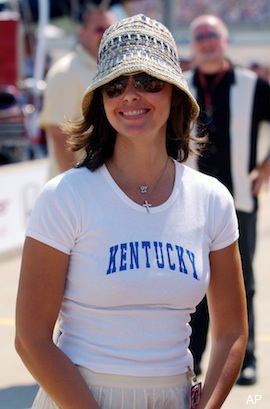
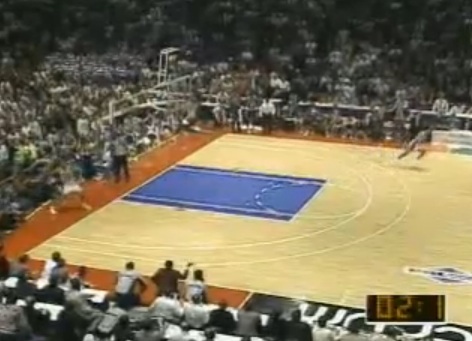

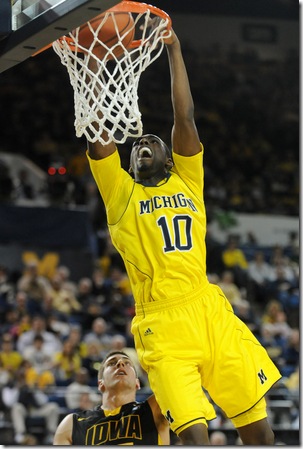 Tim Hardaway, Jr.
Tim Hardaway, Jr. 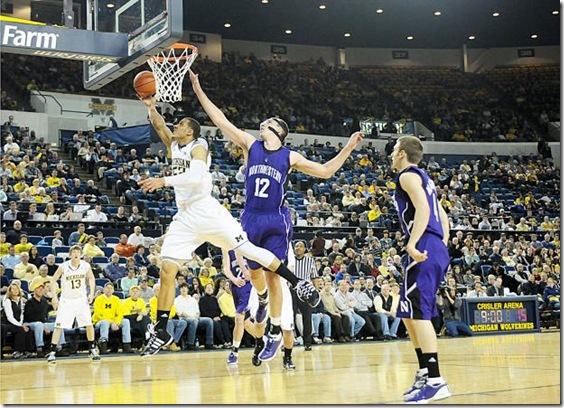
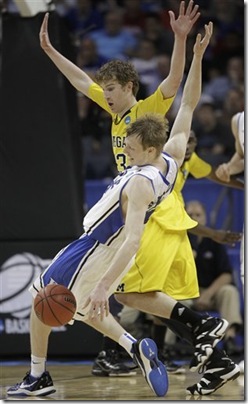 Evan Smotrycz
Evan Smotrycz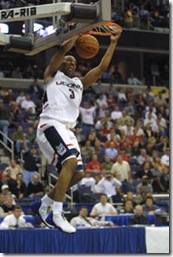
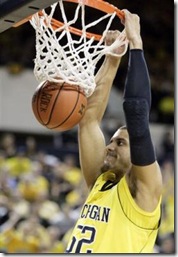
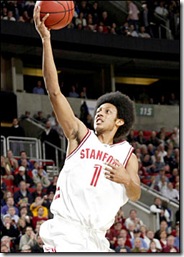



 The Ethereal Type: LES MILES, SEC West rival.
The Ethereal Type: LES MILES, SEC West rival. The Insecure Type: MARK MANGINO, former Big 12 North rival.
The Insecure Type: MARK MANGINO, former Big 12 North rival. The Paranoid Type: NICK SABAN, nemesis.
The Paranoid Type: NICK SABAN, nemesis. The Passive-Aggressive Type: LANE KIFFIN, fellow SEC coaching hire, class of 2008.
The Passive-Aggressive Type: LANE KIFFIN, fellow SEC coaching hire, class of 2008. The Robot Type: URBAN MEYER, once and future champion.
The Robot Type: URBAN MEYER, once and future champion.